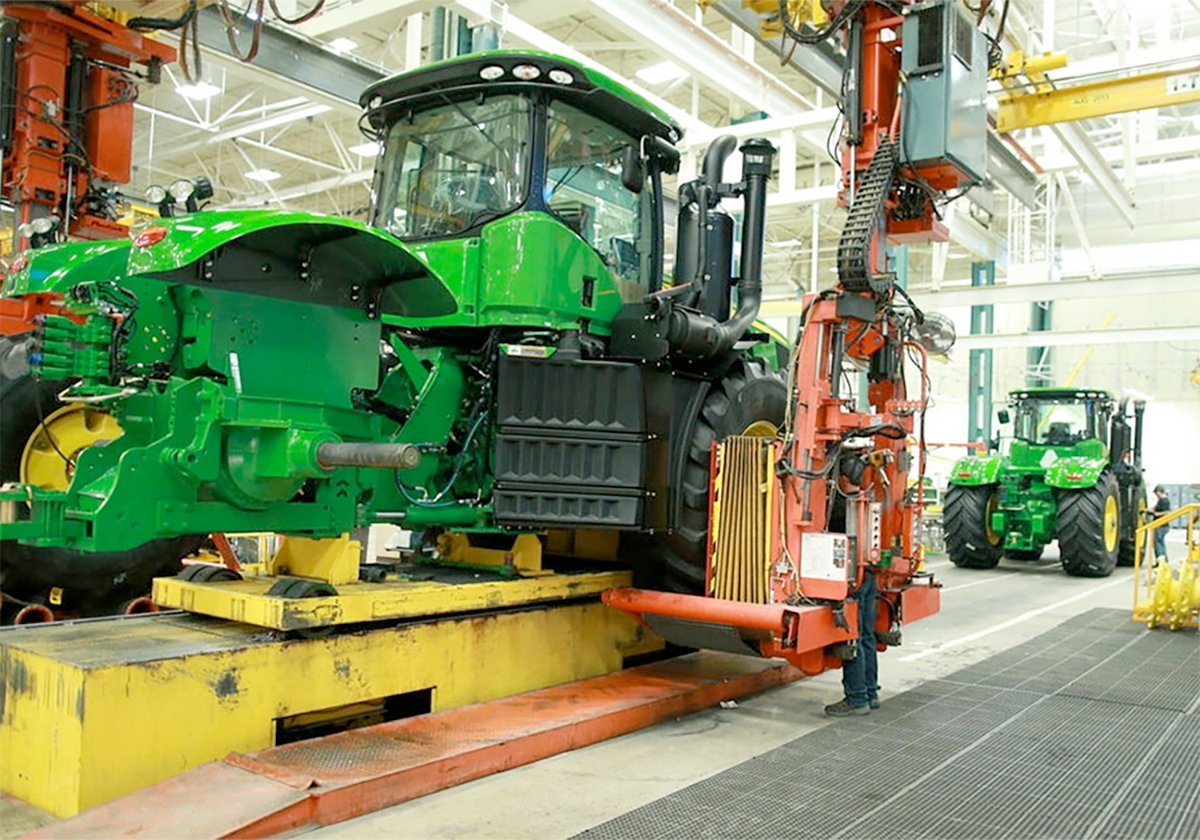A RECENT court ruling in Manitoba has sent shivers through the farming
community across Canada.
And well it should.
Individual farmers, farm groups, agribusinesses and the rest of us that
depend on the farm economy must let governments know how deeply
concerned we are about the implications of the decision.
In a December ruling, Judge John Menzies allowed Mini G Enterprises
Ltd. to seize funds from a farmer’s Net Income Stabilization Account.
The ruling sets up potential for NISA to become a safety net for
Read Also

Trump’s trade policies take their toll on Canadian producers
U.S. trade policy as dictated by president Donald Trump is hurting Canadian farmers in a multitude of ways.
creditors instead of a safety net for farmers.
Nobody wants to deny creditors the opportunity to collect money that is
rightfully theirs.
But allowing creditors access to NISA, outside of regular bankruptcy
procedures, may open the floodgates for more such cases.
If a creditor is able to choose between placing a court-ordered lien on
farmland or machinery, which he then must sell to get money, or getting
a court order for instant access to hard cash in a farmer’s NISA, then
the lure of the latter option could be irresistible.
It is up to the federal government to pass legislation to slam this
door shut.
Gary Kendrick, the farmer in the case, did not contest the court order.
He had declared bankruptcy and was going to lose the money in any case.
But as part of this case, the federal government and the Toronto
Dominion Bank challenged the original writ of seizure against
Kendrick’s NISA, arguing the funds should be protected.
The judge not only ruled Mini G Enterprises could seize the farmer’s
NISA funds, but also said he would have granted access to the
government portion in the account had the creditor asked for it.
In a normal bankruptcy, the NISA funds – farmer portion, government
portion and interest – are turned over to a trustee, who then decides
what to do with the money.
Usually that means dividing the money among creditors, along with the
farmer’s other assets.
What is disquieting in this instance is that the NISA was seized
outside of normal bankruptcy procedures, potentially rendering NISA a
recovery tool for businesses instead of an income stabilization tool
for farmers.
As the judge pointed out, there is no protection for NISA in
legislation and it is not up to the courts to offer it.
That responsibility rests with the federal government.
It is up to Ottawa to give farmers the ability to manage their farms
through difficult financial times.
The federal government must provide NISA with ironclad creditor
protection for any case short of bankruptcy.














